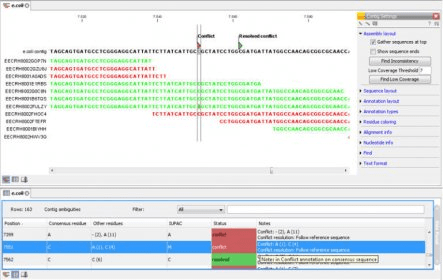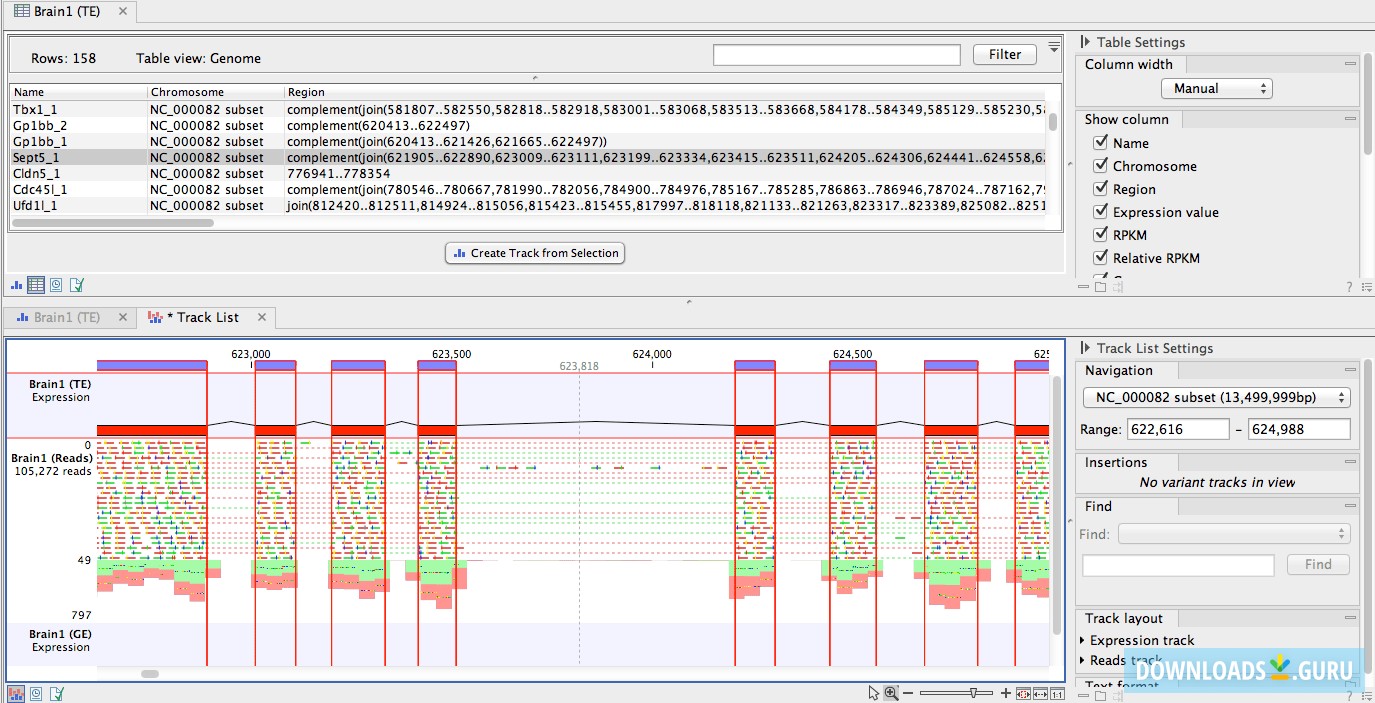
Received: SeptemAccepted: NovemPublished: December 11, 2015Ĭopyright: © 2015 Berg et al. PLoS Pathog 11(12):Įditor: Christian Drosten, University of Bonn, GERMANY (2015) Discovery of a Novel Human Pegivirus in Blood Associated with Hepatitis C Virus Co-Infection. Several lines of evidence, including (1) a documented history of multiple bloodborne exposures in the index patient, (2) parallel detection of HPgV-2 and HCV RNA in an individual during the "window period" between infection and the appearance of detectable antibody, and (3) a tight observed association between HPgV-2 and HCV co-infection, suggest that HPgV-2 is an infectious agent capable of bloodborne transmission.Ĭitation: Berg MG, Lee D, Coller K, Frankel M, Aronsohn A, Cheng K, et al. Identification and sequencing of 11 additional HPgV-2 viruses, revealing 93–94% identity between strains, as well as documented antibody responses using multiple markers, confirm that HPgV-2 is a bona fide novel infectious virus of humans. This virus, provisionally named human pegivirus 2 (HPgV-2), is highly divergent, sharing <32% amino acid identity with its nearest relatives, a bat and rodent pegivirus. Using unbiased metagenomic next-generation sequencing, we discovered and assembled the genome of a novel pegivirus from plasma corresponding to an HCV-infected patient who died from unknown sepsis. To date, only one human hepacivirus (HCV) and one human pegivirus (HPgV-1/GBV-C) in the family Flaviviridae are known to exist. Taken together, our results indicate that HPgV-2 is a novel bloodborne infectious virus of humans and likely transmitted via the parenteral route. One individual harboring both HPgV-2 and HCV RNA was found to be seronegative for both viruses, suggesting a high likelihood of simultaneous acquisition of HCV and HPgV-2 infection from an acute co-transmission event. Longitudinal sampling in two individuals revealed that active HPgV-2 infection can persist in blood for at least 7 weeks, despite the presence of virus-specific antibodies. Nine of the 12 (75%) HPgV-2 RNA positive samples were reactive for antibodies to viral serologic markers, whereas only 28 of 2,429 (1.15%) HPgV-2 RNA negative samples were seropositive. All 12 HPgV-2 RNA-positive cases were identified in individuals also testing positive for HCV RNA (12 of 983 1.22%), including 2 samples co-infected with HIV, but HPgV-2 RNA was not detected in non-HCV-infected individuals (p<0.0001), including those singly infected by HIV (p = 0.0075) or HBV (p = 0.0077), nor in volunteer blood donors (p = 0.0082). Discovery of 11 additional RNA-positive samples from a total of 2440 screened (0.45%) revealed 93–94% nucleotide identity between HPgV-2 strains. Molecular and serological tools were developed and validated for high-throughput screening of plasma samples, and a panel of 3 independent serological markers strongly correlated antibody responses with viral RNA positivity (99.9% negative predictive value).

HPgV-2 is highly divergent, situated on a deep phylogenetic branch in a clade that includes rodent and bat pegiviruses, with which it shares <32% amino acid identity. We present the discovery of a second pegivirus, provisionally designated human pegivirus 2 (HPgV-2), by next-generation sequencing of plasma from an HCV-infected patient with multiple bloodborne exposures who died from sepsis of unknown etiology.

Hepatitis C virus (HCV) and human pegivirus (HPgV), formerly GBV-C, are the only known human viruses in the Hepacivirus and Pegivirus genera, respectively, of the family Flaviviridae.


 0 kommentar(er)
0 kommentar(er)
